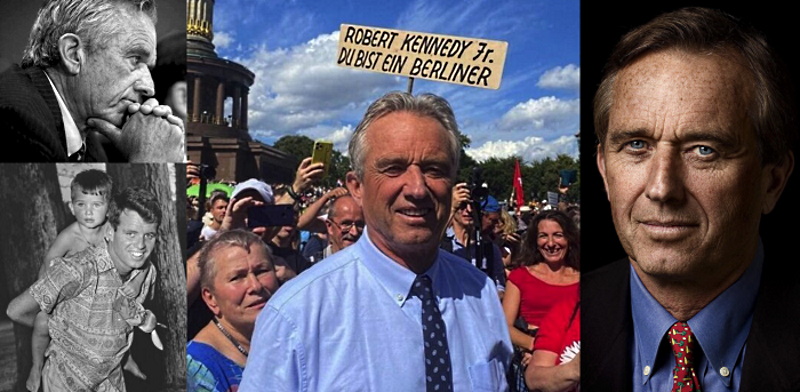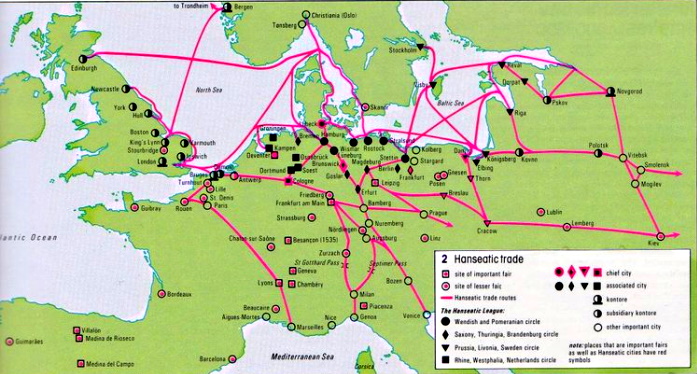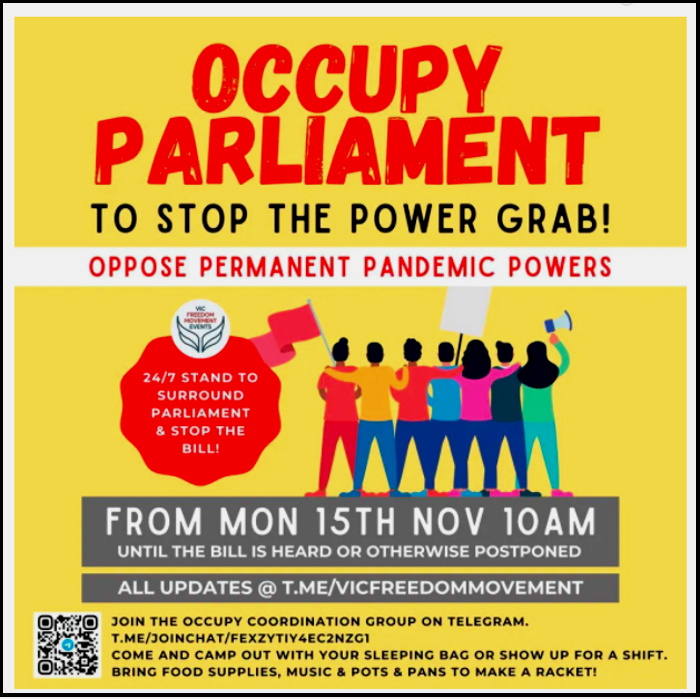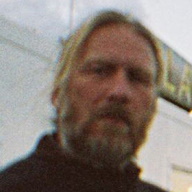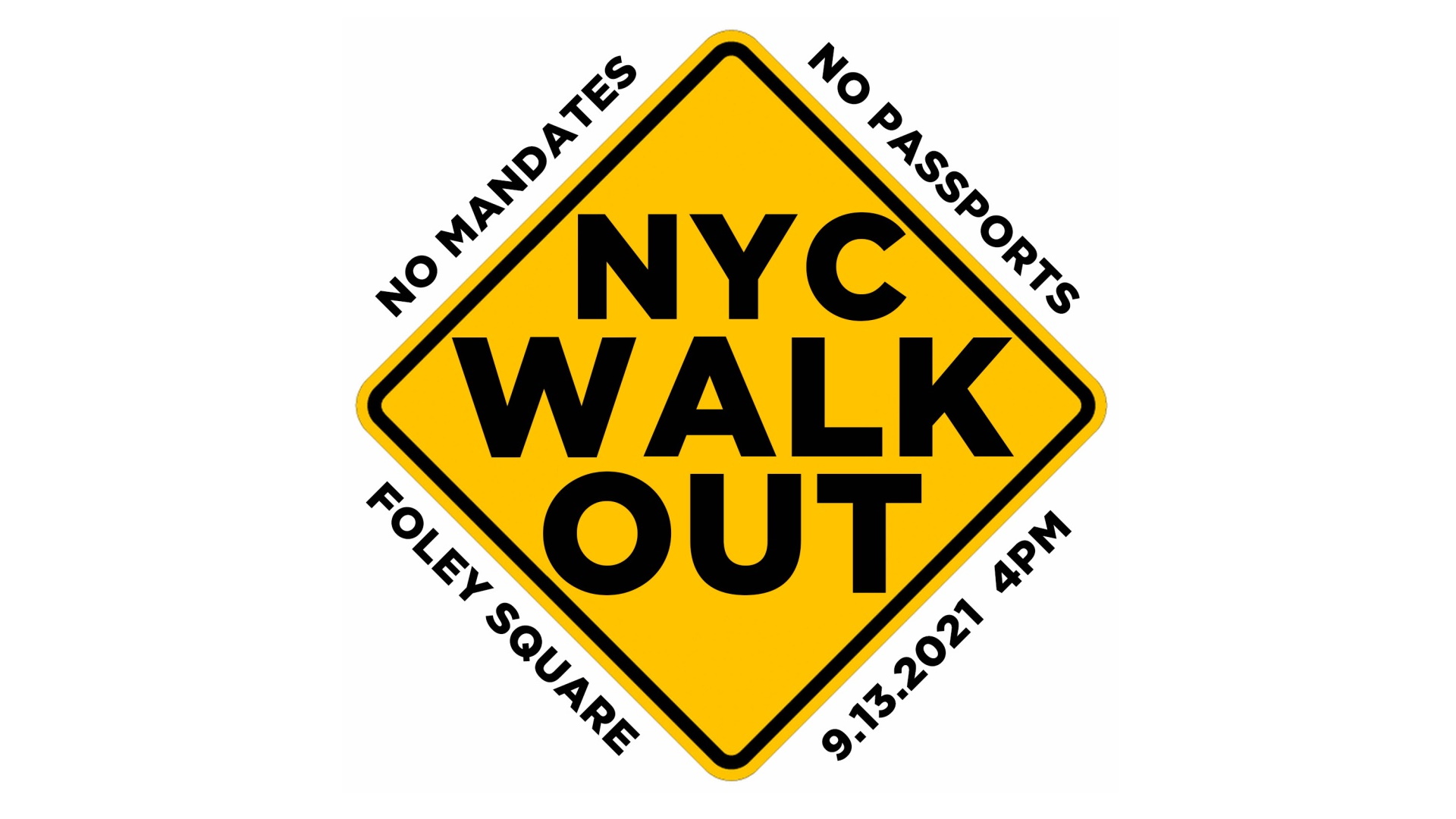by Ryan Matters, NewBraveWorld
sourced from OffGuardian
originally published November 9, 2021
When the famous quantum theorist, David Bohm, read Jiddu Krishnamurti’s “The First and Last Freedom”, he was blown away by his insight and knowledge regarding the phenomenon of the observer and the observed. Despite having no university-level training, much less formal education in the sciences, Krishnamurti had, through his philosophical writings, demonstrated a profound understanding of various concepts related to quantum mechanics.
Krishnamurti, an Indian writer, philosopher and speaker, was, at an early age, taken in by the Theosophical Society and groomed to become the new World Teacher. Annie Besant and Charles Leadbeater, the leaders of the Theosophical society at the time, nurtured Krishnamurti at their headquarters in Madras.
They, along with a few select associates, undertook the task of educating him, guiding him through mystical teachings and generally ‘preparing’ him to become the vehicle for ‘Lord Maitreya’, a highly evolved spiritual being committed to aiding the evolution of mankind.
However, when it came time to ‘unveil’ Krishnamurti to the world as a great teacher and leader of humanity, Krishnamurti broke all ties with the theosophists, denounced all organised belief, denounced the notion of gurus (and the whole teacher-follower relationship), and devoted himself instead to the pursuit of freedom for both himself and humanity at large.
By the time Bohm had read “The First and Last Freedom”, Krishnamurti’s teachings had developed beyond the point of theosophical influence. Bohm recognized that Krishnamurti’s insights were reflected in his own work in quantum theory and felt it urgent to meet with him as soon as possible. Eventually, the two of them did meet face-to-face in London where they exchanged ideas and engaged in rich conversation.
Bohm described his first meeting with Krishnamurti as follows:
I was struck by the great ease of communication with him, which was made possible by the intense energy with which he listened and by the freedom from self-protective reservations and barriers with which he responded to what I had to say.”
Bohm recognized his meeting with Krishnamurti as a meeting of minds not unlike that which he felt when talking to other scientists. In fact, he even compared Krishnamurti to Albert Einstein, stating that the two of them “showed a similar intensity and absence of barrier”.
Bohm and Krishnamurti met each time they were in London and probed deeply into the nature of time, space and mind. The two of them would inevitably hit on the topic of consciousness and this is where Krishnamurti’s insights shined.
Indeed, Bohm felt that Krishnamurti’s most powerful teachings were those concerned with the general disorder and confusion that pervades the consciousness of mankind, for it was he who offered not only an explanation of this problem but a solution to it.
Krishnamurti maintained that all this disorder, which he felt was the root cause of such widespread sorrow and misery, and which prevented human beings from loving one another, had its roots in the fact that we are ignorant of the general nature of our own processes of thought.
In other words, Krishnamurti noticed that while we are generally aware of the content of our thoughts, we are hopelessly ignorant as to the origin and process of thinking itself.
This ignorance, which causes disorder within man’s consciousness, is expressed outwardly as the disorder we see within society itself – war, widespread sorrow, violence, segregation, et cetera.
But why should this be the case?
The answer, perhaps, lies in Bohm’s area of expertise – quantum physics. As Heisenberg’s uncertainty principle teaches us, you cannot accurately measure both the position and momentum of an object and, therefore, our seemingly “solid” reality is proven to be non-determinable[1].
And as the experiments of the brilliant Dr. William Tiller show, a conscious observer may “bend reality to his will” by holding a focused intent, the effect of which can be quantified and even amplified if that intent is held by multiple people at the same time.
William A. Tiller, a physicist at Stanford University dedicated over four decades of his life to investigating the effects of human intention on the properties of materials and what we call physical reality. His research discovered that it is possible to effect a significant change to the properties of physical materials simply by holding a clear intention to do so.
Interestingly, Tiller and his colleagues also discovered that it is possible to imprint or “store” an intention within an electronic device, which would then have the same effect on an object as that of a human consciousness holding the same intention. Tiller’s results have been consistently reproduced around the world.
Bohm himself proposed a holographic model of the universe based on enfolded and unfolded states of being emanating from a common source beyond both the unmanifest and manifest realms.
His scientific insight echoes the view of reality experienced by enlightened sages throughout the centuries. In Vedanta, the manifest world is called “Maya”, meaning “illusory reality” and it emanates from “Brahman”, the omnipresent sea of infinite potential[2].
It is therefore easy to see why Bohm was so taken by Krishnamurti’s teachings. The ancient doctrine of “as above, so below” or man as a microcosm is embodied within the curious quantum “observer effect” that ties consciousness to the “outside” world and the very fabric of space-time itself[3].
Once this phenomenon is understood as being real, it is not hard to see how and why disorder within can create disorder without.
The answer, then, to man’s problems lies in being aware of the process of thought. And this, according to Krishnamurti, requires meditation. Though by meditation, Krishnamurti does not mean we should sit on a rock in the lotus position, no, Krishnamurti’s idea of meditation is centred around the root meaning of the word itself.
The English word ‘meditation’ is based on the Latin root, “med” meaning to measure. The Sanskrit word for meditation, “dhyana”, is related to “dhyati”, meaning to reflect. Putting these together brings us closer to Krishnamurti’s definition of meditation which is to ponder and reflect while focusing one’s attention on what is actually going on.
Krishnamurti maintained that the act of meditation itself was enough to bring order to the activity of thought, for “in the seeing is the doing”. In this state, the mind becomes quiet, energy increases and something new and creative begins to unfold. This, according to Krishnamurti, is extraordinarily significant to the whole of life.
Once again we can find a physics parallel to describe what Krishnamurti is saying. A cluttered mind filled with arbitrary thoughts, desires, fears and anxieties, is akin to a high entropy system. Entropy is a measure of randomness or disorder within a closed system and reduces the energy available to do work.
“Work” in this case refers to the ability to effect change within the physical medium, which as Tiller’s research shows is done through focusing one’s intent. In his illuminating three-part tome, physicist Tom Campbell expands greatly on this concept, explaining that, within a consciousness “system”, “high entropy” corresponds with fear, while “low entropy” corresponds with love.
Therefore meditation, as defined by Krishnamurti, becomes a tool to bring order to the activity of thought or “reduce the entropy of the system”. This naturally results in greater energy to do work (i.e. a more focused intent and thus a greater ability to effect change “out there”).
The culmination of this process is an increase in power. The source of this power stems from the concept that all men and women are created equal. This is the profound truth behind Krishnamurti’s assertion that “there is no authority, no teacher, no master and no saviour”. Each one of us is all of those things, and at the time, none of them at all. We are all capable and entitled to the realization of Truth or God or whatever one may wish to call it. Embarking on the path is a free will choice.
Power supports life – it uplifts, dignifies and sustains. It gives us energy and vitality. It is whole and complete, requiring nothing from outside. Power is associated with compassion, love and unity. Power promotes creativity, healing and positive feelings. Power allows us to create positive change in order to more fully express our collective divinity.
In the absence of power, change must be effected through force.
Whereas power stands on its own, without the need to move against anything at all, force always moves against something. Force is fragmented and therefore has to be fed energy constantly. Force consumes whereas power creates. While force requires sustained input, power acts without effort.
Newton’s third law teaches us that force always creates counterforce and therefore it is limited by definition. While force must struggle against opposition, power stands still. Power effects change through its own field of influence, without the need to expend energy.
Force is associated with friction and conflict. This point is perhaps best explained by Dr. David Hawkins himself:
“Force always creates counterforce; its effect is to polarize rather than unify. Polarization always implies conflict; its cost, therefore, is always high. Because force incites polarization, it inevitably produces a win/lose dichotomy; and because somebody always loses, enemies are created. Constantly faced with enemies, force requires constant defense. Defensiveness is invariably costly, whether in the marketplace, politics, or international affairs.”
Hawkins, R, D., 1995. Power vs Force. Hay House, Inc. 2012 reprint.
Thinking about the concept of power and force within the context of the current global crisis leads us toward some profound conclusions. For one, agendas that center around inequality, control, profit and material gain are always driven by force.
Force is a tool used by those who lack power. When your motives go against the good of humanity, when your intentions fail to support life itself, your only option is to use force. Force includes all manner of fear-mongering, manipulation, coercion and violence. Force may work up to a point but as we discovered, it requires a constant input of energy and therefore, results are obtained at a cost. Propaganda campaigns require vast amounts of money, coordination and tireless censorship. Vaccine mandates require bribes, threats, and the covering up of adverse events.
This energy input is immense and, most importantly, unsustainable.
As force creates friction, it must constantly be fed with more and more energy. But as the force becomes stronger, so does the friction. Force, due its polarizing nature, increases entropy. As entropy rises, the available energy decreases, until, eventually, momentum ceases and the entire thing grinds to a halt.
While the source of power is self-evident, indestructible and inarguable, force is subject to ‘proof’ and requires constant justification. While true power emanates from consciousness itself, force is driven by the ego.
Those who use force to impose their will on humanity always succumb to power. As history has shown, all totalitarian regimes eventually come crashing down – not on account of some divine intervention, but because each of us is born with inalienable rights that are intrinsic to human creation.
Therefore, it is only a matter of time before the transhumanist force implodes. However, the time it takes for that to happen is dependent on our ability to reduce disorder and increase power. A lower entropy consciousness means more energy available to do work which results in more power, freedom, happiness and love. As our power collectively grows, we create an immovable wall able to repel any and all negative influences and nefarious threats.
On the other hand, the ego-mind is constantly asking unanswerable questions and worrying about unlikely futures. As our minds become cluttered with fear-laden media, our power decreases and we find ourselves at the mercy of “authorities”.
Bohm’s “holographic” universe hinted at the true nature of our reality and Krishnamurti showed us how to realise it. By turning our attention away from the content of thought, and focusing on the process of thinking itself, we can bring order to the mind and begin to discover something completely new.
In this way, we extricate ourselves from a state of fear and confusion and move towards freedom and certitude. The result of this is an increase in power. Force is by definition limited in what it can accomplish, and therefore it is not a matter of if the transhumanists will fail, but when.
References:
[1] Note: The below quote is in reference to Heisenberg’s ‘uncertainty principle’ and Bohr’s ‘complementarity principle’:
“These two key principles have profound implications, not only for quantum physics, but also for our perceptions of the nature of reality. One implication is that the seemingly solid reliable reality that we perceive is based on something that is ultimately uncertain or non-determinable. Many have found this to be a shocking ‘fact’. Einstein, for one, not only found it shocking but also attempted to refute it, saying to Bohr one of in his many debates with him that he (Einstein) could not believe that God played dice with the universe.”
– Jackson, P. Quantum physics and human consciousness: The status of the current debate, The Open Polytechnic of New Zealand, Working Paper, November 2002.
[2] Tom Campbell’s work is especially helpful in grasping the clear connections between quantum physics, consciousness, and the seemingly “physical” world within the context of a “virtual” reality mirroring the Eastern philosophies and systems of thought, albeit put into strictly scientific terminology.
“Wave-particle dualities, uncertainty principles, and the seemingly instantaneous communication between entangled pairs become simple to explain once you realise that [physical reality] is a virtual reality created by a digital simulation implementing a space-time rule-set [within a larger consciousness system]. Given a digital reality simulation, which is stepped forward by time increments that appear infinitesimal to us, and a virtual reality that must obey only the rules driving its digital computation, these paradoxes disappear along with the illusion of absolute space. Once the limiting belief that all possible reality is exclusively defined by measurements within [our physical reality] is abandoned and the true nature of consciousness is grasped, the mysterious paradoxes of physics, philosophy, and metaphysics all melt away like ice cubes in the summer sun.”
– Campbell, T. 2003. My Big Toe: Discovery. Book 2 of a Trilogy Unifying Philosophy, Physics and Metaphysics.
[3] The observer plays a fundamental role in quantum mechanics, as the very act of observing some aspect of a quantum system alters some other aspect of the same system. This implies a direct connection between consciousness and the “physical world”.
“In quantum mechanics… Any interaction that is strong enough to measure some aspect of a system is necessarily strong enough to disrupt some other aspect of the same system. Thus, you can learn nothing about a quantum system without changing something else.”
– Susskind, L., Friedman, A., Quantum Mechanics: The Theoretical Minimum. 2015. Penguin Random House UK.
Ryan Matters is a writer and free thinker from South Africa. After a life-changing period of illness, he began to question mainstream medicine, science and the true meaning of what it is to be alive. Some of his writings can be found at newbraveworld.org, you can also follow him on Twitter and Gab.
Connect with NewBraveOrder

















